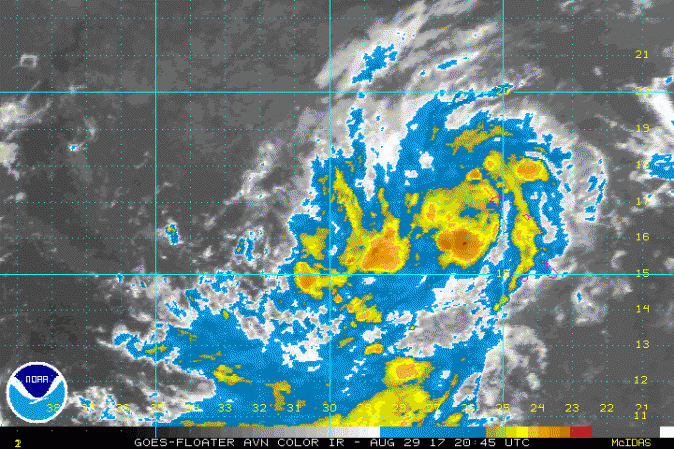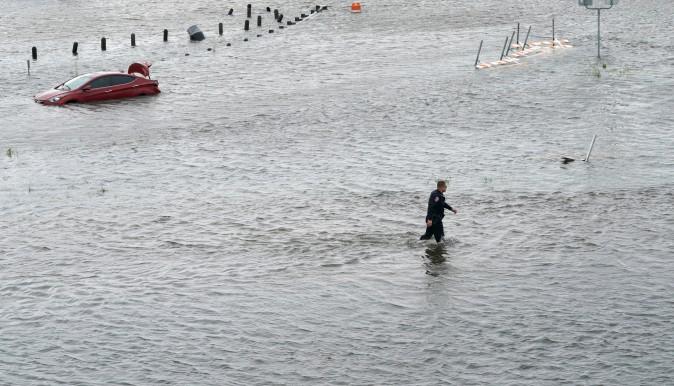Another tropical storm has formed in the eastern Atlantic Ocean, and it’s likely to strengthen into the fourth hurricane of the season, according to U.S. weather officials on Wednesday.
As of Wednesday morning, Tropical Storm Irma hasn’t posed any immediate threat to land areas, but that could change quickly.
The storm is located some 420 miles west of the Cabo Verde Islands, and is moving westward at 10-15 mph. It currently has maximum sustained winds of 50 mph.

According to National Hurricane Center, the storm will likely form into a hurricane.
“Some strengthening is forecast during the next 48 hours and Irma could become a hurricane on Friday,” forecaster Eric Blake wrote in a 11 a.m. advisory, as reported by the Sun-Sentinel.
It’s unclear if the hurricane will hit the United States, but it is tracking toward the Caribbean Sea.
“Thereafter, the ridge builds southwestward, which will likely cause the storm to move, somewhat unusually, toward the west-southwest,” Blake wrote.
However, as reported by the Miami Herald, models remain split on the storm’s track: one shows it steering towards the Lesser Antilles while others show it going north.
“There is the potential to ramp up to a powerful hurricane in the coming days,” said AccuWeather Hurricane Expert Dan Kottlowski.
“All interests in the eastern Caribbean will need to monitor the progress of this evolving tropical cyclone, especially next week,” Kottlowski said. “It is way too soon to say with certainty where and if this system will impact the U.S.”






